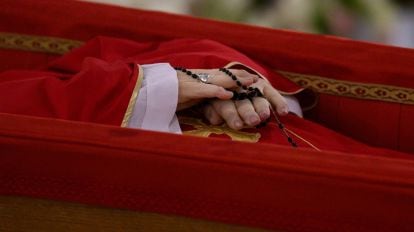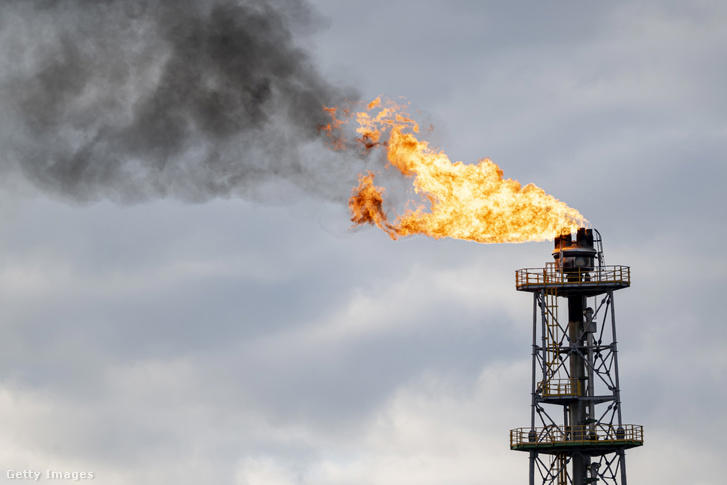
The Vatican has released first images of Pope Francis, showing him in his casket with the Vatican secretary of state praying over him.
Pope Francis died on Easter Monday at the age of 88. Here are the key things to know about the death of the Argentine pontiff, history’s first from Latin America, who presided over the Catholic Church for more than 12 years.
Pope Francis’ funeral has been set for Saturday at 10 a.m. in St. Peter’s Square, and a viewing of his body will begin on Wednesday in St. Peter’s Basilica, days after the popular pontiff died at age 88..
History’s first Latin American pontiff charmed the world with his humble style and concern for the poor but alienated many conservatives with critiques of capitalism and climate change. He last appeared in public on Sunday with an Easter blessing and popemobile tour through a cheering crowd in St. Peter’s Square.
Vatican announces funeral plans
Pope Francis’ funeral has been set for Saturday at 10 a.m. in St. Peter’s Square, to be celebrated by the dean of the College of Cardinals.
The cardinals have also decided that the public viewing of Pope Francis will begin Wednesday in St. Peter’s Basilica, after his casket is taken by procession from the Vatican hotel where he lived.
The master of liturgical ceremonies, Archbishop Diego Ravelli, issued the rubrics for the procession by mandate of the College of Cardinals, which met Tuesday to take the first decisions following Francis’ death. Presiding over the procession and the ritual transfer will be the camerlengo, or interim administrator of the Vatican, Cardinal Kevin Farrell.
The timing and cause of Pope Francis’ death
Francis died Monday morning at the Domus Santa Marta hotel where he lived at the Vatican. His death came almost a month after he returned to the Vatican after being hospitalized for double pneumonia. The Vatican said that Francis suffered a stroke that led to a coma and caused his heart to fail.
On Tuesday the Vatican released its first images showing him in a wooden casket, in red vestments and his bishop’s miter, with the Vatican secretary of state praying over him in the chapel of the Domus Santa Marta.
In his will, Francis asked to be buried in a simple underground tomb at St. Mary Major Basilica, home to Francis’ favorite icon of the Virgin Mary, to whom he was particularly devoted.
A final farewell on Easter Sunday
Francis made his final public appearance on Easter Sunday, a day before his death. He appeared very frail, and delegated the celebration of the Easter Mass to a cardinal. But though his voice was weak, he blessed a crowd of faithful from the loggia of St. Peter’s Basilica.
Francis also made a surprise ride in the square in his popemobile, drawing wild cheers and applause.
Reactions and global mourning
Catholics worldwide mourned him from his native Argentina to the Philippines and across Rome as messages of tribute poured in from across the world.
Catholic and non-Catholic leaders alike honored a spiritual leader who was a voice for the marginalized and the weak, for migrants and LGBTQ+ people, and for environmental protection.
Representatives of other religions and other Christian denominations also praised him for seeking dialogue.
The pope’s recent illness
Francis, who suffered from chronic lung disease and had part of one lung removed as a young man, was admitted to Gemelli hospital in Rome on Feb. 14, 2025, for a respiratory crisis that developed into double pneumonia. He spent 38 days there, the longest hospitalization of his papacy.
For the faithful, those were weeks of fear that his illness could be fatal or lead to another papal resignation like that of Pope Benedict XVI, a surprise move that led to the election of Francis in March 2013.
The pontiff’s return to the Vatican on March 23 brought relief to many.
Mourning, funeral and then a conclave
Francis’ death set off the process of allowing the faithful to pay their final respects, first for Vatican officials in the Santa Marta chapel and then in St. Peter’s for the general public.
A precise sequence of events will include the confirmation of death in the pontiff’s home, the transfer of the coffin to St. Peter’s Basilica for public viewing, a funeral Mass and burial.
The dates haven’t been announced yet, but the burial must take place between the fourth and sixth day after his death.
After the funeral, there are nine days of official mourning, known as the “novendiali.”
During this period, cardinals arrive in Rome to participate in a conclave to elect the next pope.
To give everyone time to assemble, the conclave must begin 15-20 days after the “sede vacante” – a Latin term meaning the seat is vacant – is declared, although it can start sooner if the cardinals agree.
The cardinals will vote in secret sessions, and the ballots will be burned in a special stove after each session.
Black smoke will indicate that no pope has been elected, while white smoke will indicate that the cardinals have chosen the next head of the Catholic Church.












